Pumuputok na Pampano – Stuffed Pompano with Mango-Tomato Salsa
As an Amazon Associate and member of other affiliate programs, I earn from qualifying purchases.
Summers are a joyful time for our family with several birthdays celebrated in succession. It was my late dad’s birthday a week ago, so I like to remember him by cooking his favorite dishes like this Pumputok na Pampano- Stuffed Pompano with Mango Salsa. Pumuputok is Tagalog for “exploding”. The fish is stuffed so fully that when cooked, it looks like it is about to explode in a very scrumptious way. Pampano is the Tagalog term for the pompano fish.
I’ve enjoyed this Filipino dish many times in restaurants and homes when we visit the Philippines. In Manila, I noticed it was cooked in different ways, although the constant thing was that it was stuffed with a delightful combination of tomatoes, onions and seasonings. With the generous amount of stuffing, the fish plumped up making it even more appetizing.
I’ve had Pumuputok na Pompano cooked fried or charcoal-grilled. Both ways are superb-tasting. For my own version in my American kitchen, I planned to cook it outdoors on the grill, but the heavy rains that day altered my plans. After I wrapped and tied the entire fish in large banana leaves, I baked it in the oven. The earthy aroma from the banana leaves enhanced the fresh flavors of the pompano and its juicy, savory stuffing. Of course, this was one more great reason for me to use vine-ripened, sweet Jersey tomatoes I buy regularly from our local market. The entire dish served with a side Mango-Tomato Salsa and steamed rice was a heady experience altogether.
Like I’ve mentioned before, my family loves the freshness of fish and sea foods when I cook what was purchased the same day. The pompano fish is popular in Filipino cooking. So, I am always glad when I can find it in the markets here in America. The pompano I used here tipped the scales at two pounds, the right size for our meal. A pompano is a flat-bodied fish, roundish in shape and usually fits a regular pan for cooking. The fish has a silvery skin and when cooked has a sweet, mild flavor. Here in America, the pompano is harvested in many states from Virginia to Texas and primarily in Florida according to internet sources like seafoodsource.com. From further research I found the pompano is also called black pomfret, according to the Philippine Food, Cooking, & Dining Dictionary by Edgie Polistico.
One of the best things about summer is enjoying the abundance of fresh fish and seafoods. And the good thing about fish is that the dish cooks in minutes – giving you more time to savor the moments with family and friends. That’s what good times are for.
Pumuputok na Pampano - Stuffed Fish with Mango-Tomato Salsa
Ingredients
- 2 to 2.5 pounds whole piece washed, cleaned fresh pompano fish (or use tilapia)
- 2 Tablespoons calamansi or lemon juice
- 1/4 cup soy sauce
- 1 Tablespoon shao xing rice wine
- 3 pieces tomatoes chopped, divided, use half for stuffing, half for salsa
- 1 large red onion chopped, divided, half for stuffing, rest for salsa red onion
- 2 to 3 stalks scallions chopped, half for stuffing, rest for salsa
- 2 large mangoes peeled, pitted, cut into 1/2 inch-sized cubes, for salsa fresh ripe
- 1 teaspoon salt for salsa
- 1 teaspoon ground black pepper for salsa
- 2 large banana leaves for wrapping fish (frozen or fresh)
- for serving steamed rice
- 1/4 cup vegetable oil if deep-frying whole fish
Instructions
- Wash fish thoroughly after coming back from the market. Score the top of the fish with a slit about 2-inches long. In a non-reactive pan, marinate the fish with the calamansi (or lemon) juice, soy sauce and rice wine. Cover and set aside in the refrigerator for 30 minutes. Do not marinate the fish longer than this time.
- In a medium-sized bowl, combine the ingredients for the stuffing: Cubed tomatoes, onions and sliced scallions.
- Hold open the cavity of the fish and fill with about 2 to 3 tablespoons of the stuffing. Press the stuffing with the back of the spoon so it goes down further inside the fish till it is packed well.
- Wash the banana leaves and measure them against the length of the fish. Use two large leaves if needed. Wrap the fish well, making sure there are no open sides or the juices will seep out when cooking. Use the edges of banana leaves cut up like strings to tie the whole fish. Or use butcher’s twine if preferred.
- Here are different ways to cook the fish:
- Bake at 375 F oven for 30 minutes. (This is how I cooked the pompano for this recipe).
- Or charcoal-grill outdoors on Medium-High heat for 30 minutes.
- **Or deep fry in a large sauce pan, using ¼ cup of vegetable oil for 30 to 35 minutes. Turn fish over halfway for even frying using large tongs or a fish turner.
- When fish is cooked, transfer to a serving platter. Allow to cool for 5 to 10 minutes before unwrapping the banana leaves. Serve warm with a side of Mango-Tomato Salsa and steamed rice.
- To make the Mango Salsa: In a medium-sized bowl, mix together the mango cubes, chopped tomatoes and onions. Sprinkle with salt and ground black pepper. Garnish with scallions.
- Cook’s comments: Most fish mongers at the market offer to clean the fish of its intestines, remove the head, scales and tails. Some even offer to fillet the fish for you. This is a free service. Take advantage of the free offer. I always do.
- Hello, Friends! Do not plagiarize or lift my recipes and photos without permission. All the images and content here are COPYRIGHT PROTECTED. This means BY LAW you are NOT allowed to use my photos or content on your website, videos, TV programs, cookbooks, media content without my permission. If you want to republish this recipe, please re-write it in your own words and simply link back to this blog to give proper attribution. It’s the legal thing to do. Thank you. Email me at [email protected]
- Disclosure: As a participant in the Amazon Affiliate program, some blog posts contain links to products used in the recipe and sold on Amazon. The price stays the same for the readers who wish to purchase these products on my links. I earn a small commission from Amazon which helps maintain the blog expenses. Thanks in advance for your support.
Nutrition
Notes on Nutrition: The nutrition information provided is an estimate and will vary based on cooking methods and specific brands of ingredients used.
Did you like this recipe? I have more classic recipes inspired by my late mother’s cooking in my popular cookbook: My Mother’s Philippine Recipes. If you’re learning how to cook Filipino food or a fan of Philippine cuisine, buy my cookbooks and books on Amazon.com sold worldwide in paperback and Kindle format.
Copyright Notice: Hello, Friends! Please DO NOT LIFT OR PLAGIARIZE Asian in America recipes on this blog, my original recipes, stories, photos or videos. All the images and content on this blog are COPYRIGHT PROTECTED and owned by my media company Besa-Quirino LLC by Elizabeth Ann Quirino. This means BY LAW you are NOT allowed to copy, scrape, lift, frame, plagiarize or use my photos, essays, stories and recipe content on your websites, books, films, television shows, videos, without my permission. If you wish to republish this recipe or content on media outlets mentioned above, please ASK MY PERMISSION, or re-write it in your own words and link back to my blog AsianInAmericaMag.com to give proper attribution. It is the legal thing to do. Thank you. Email me at [email protected]

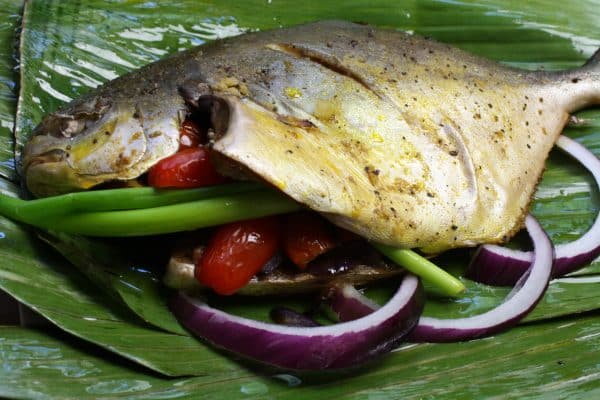
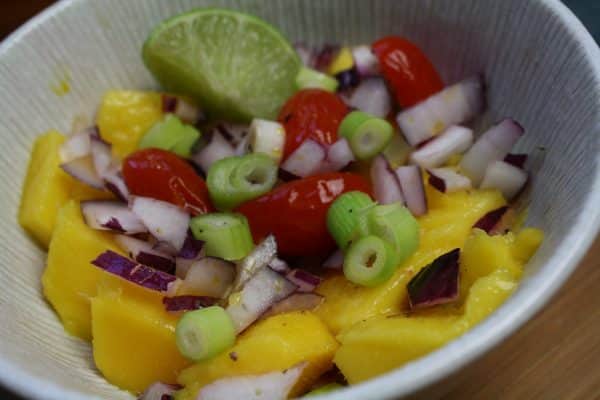
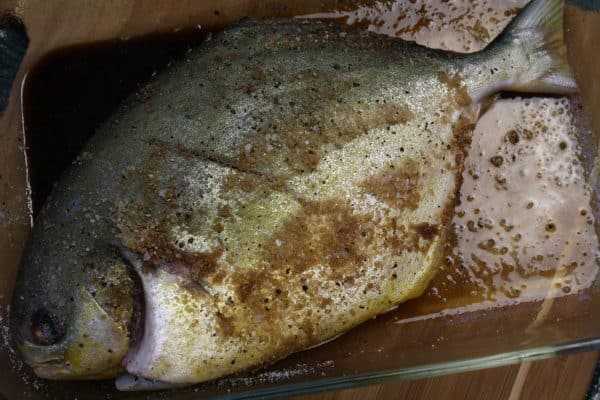
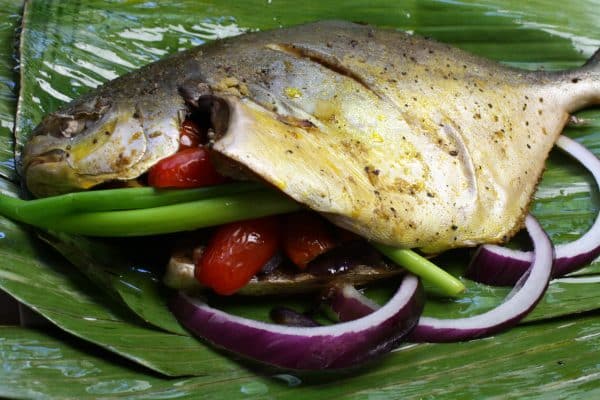
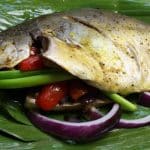
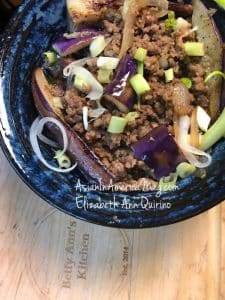
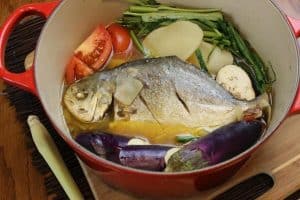


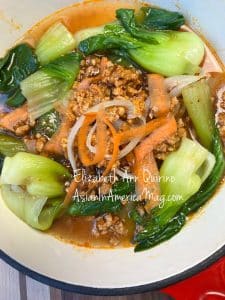

Napakasarap ! Walang katulad !!!
Maraming salamat po, Millet!